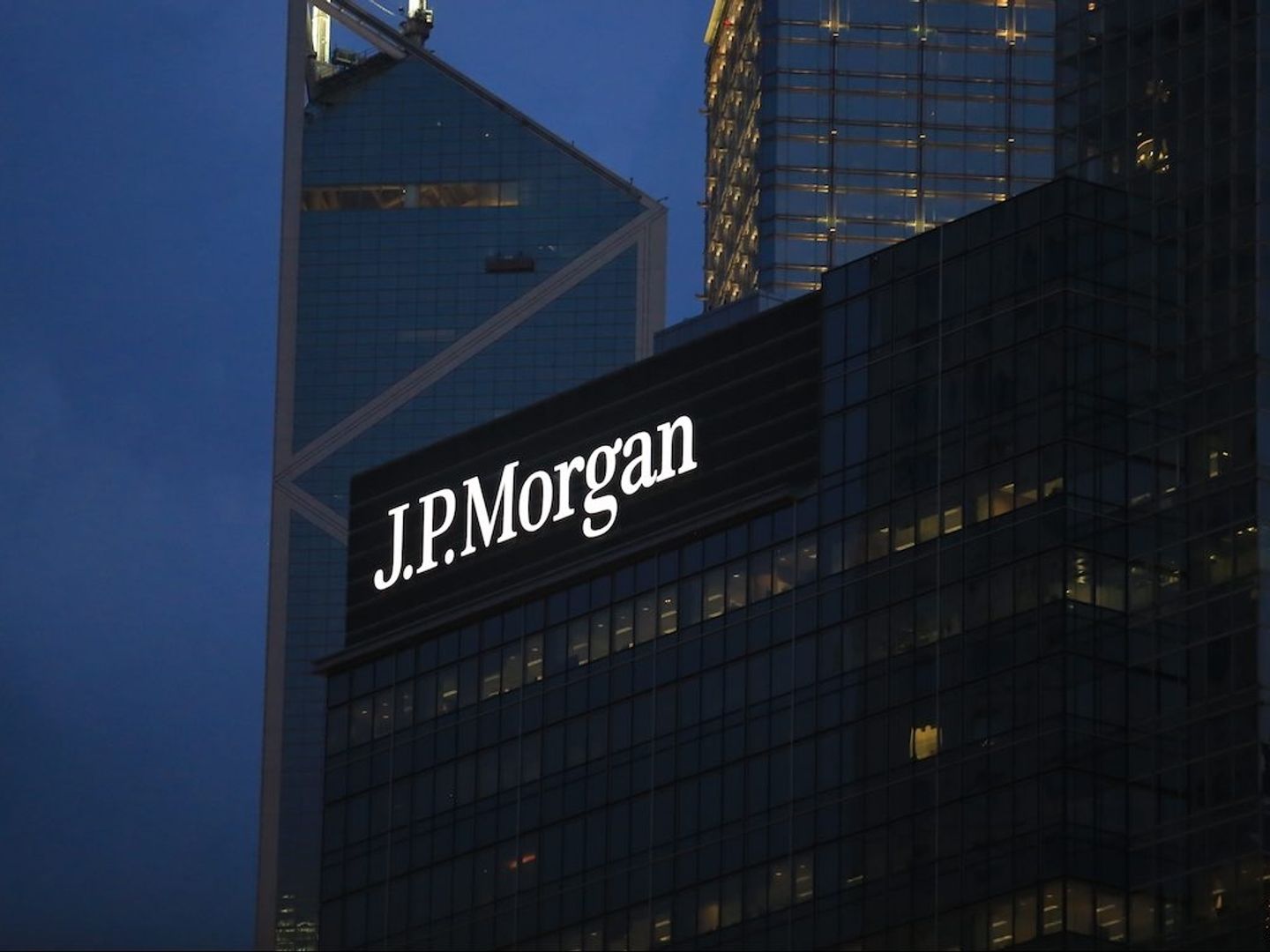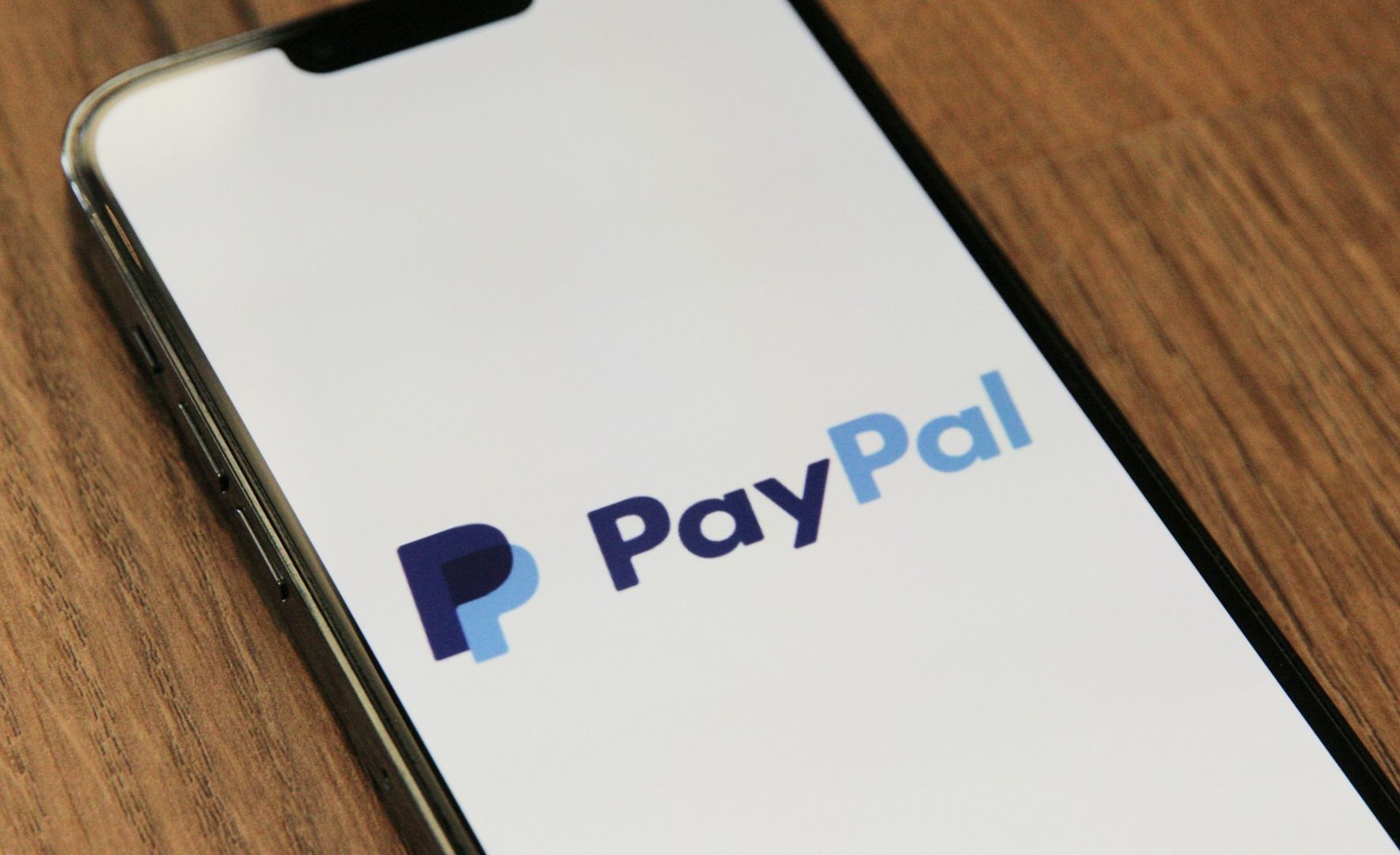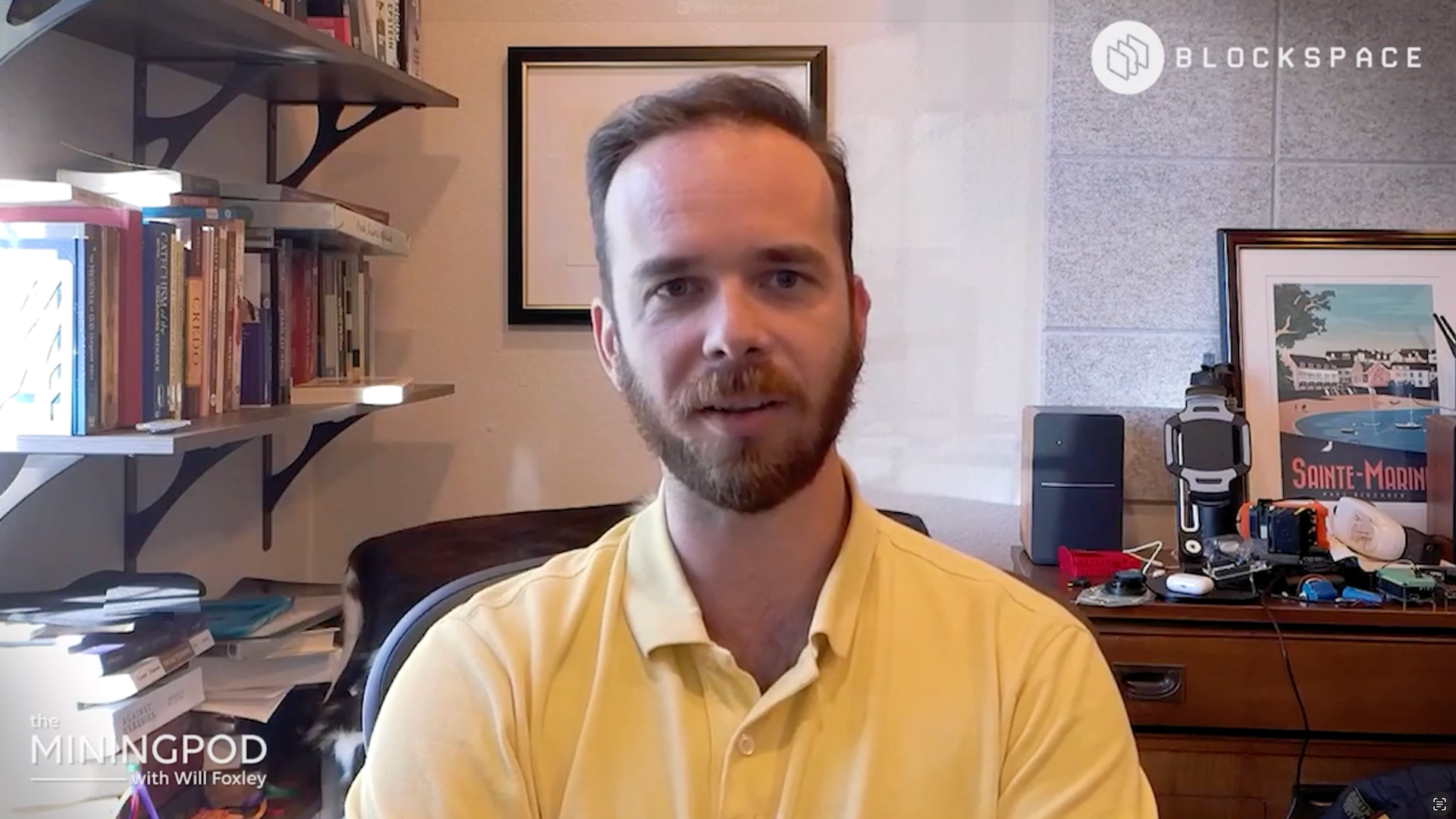The first quarter of 2025 was a standout period for U.S.-listed bitcoin mining companies, according to a research report from Wall Street bank JPMorgan. Four out of the five companies in...
Read moreEconomics
Tags:AIAmericaBinancebitcoinBlackrockbtcCoinbaseCryptoElon MuskETHEUEuropeFinancegoldJapanMicrostrategyStrategyTariffsTradingTrumpUSWashington
The recent TACO tease, implying “Trump Always Chickens Out” on tariffs, likely didn’t go down well with the President, who raised the stakes in the ongoing trade war on Friday, leading...
Read moreThe recent TACO tease, implying “Trump Always Chickens Out” on tariffs, likely didn’t go down well with the President, who raised the stakes in the ongoing trade war on Friday, leading to broad-based risk aversion.
On Friday, Trump said that on June 4, the U.S. tariffs on imported aluminum and steel would go from 25% to 50%, triggering a broad-based risk-off move across global markets. Bitcoin has since traded in the range of $103,000-$106,000, with little to no excitement in the broader crypto market. Notably, BlackRock’s spot bitcoin ETF (IBIT) registered an outflow of $430 million, ending a prolonged inflows streak.
“Tariff tensions will likely dominate the macro narrative through June, with meaningful policy deadlines only kicking in from 8 July. In the absence of fresh catalysts, BTC could remain rangebound, with the $100k and $110k levels critical to watch given their status as strikes with the highest month-end open interest,” Singapore-based trading firm QCP Capital said.
ETFs are becoming increasingly important to the market. Data shared by FalconX’s David Lawant shows that the cumulative trading volume in the 11 spot BTC ETFs listed in the U.S. is now well over 40% of the spot volume. The data supports the “Bitcoin ETFs are the new marginal buyer” hypothesis, according to Bitwise’s Head of Research – Europe, Andre Dragosch.
Meanwhile, on-chain data tracked by Glassnode showed a drop in momentum buyers alongside a sharp rise in profit takers last week. “This trend often shows near local tops, as traders begin locking in gains instead of building exposure,” Glassnode said.
High-stakes crypto trader James Wynn opened a fresh BTC long trade with 40x leverage and a liquidation price of $104,580, according to blockchain sleuth Lookonchain.
In other news, Japan’s “MicroStrategy” Metaplanet announced an additional purchase of 1,088 BTC, and billionaire entrepreneur Elon Musk announced a new XChat with Bitcoin-like encryption.
Binance’s founder CZ said on X that now might be a good time to develop a dark pool-style perpetual-focused decentralized exchange, noting that real-time order visibility can lead to MEV attacks and malicious liquidations.
In traditional markets, gold looked to break out of its recent consolidation, hinting at the next leg higher as Bank of America and Morgan Stanley forecast continued dollar weakness. Friday’s U.S. nonfarm payrolls release will be closely watched for signs of labor market weakness. Stay Alert!
What to Watch
Crypto
June 3, 1 p.m.: The Shannon hard fork network upgrade will get activated on the Pocket Network (POKT).
June 4, 10 a.m.: U.S. House Financial Services Committee will hold a hearing on “American Innovation and the Future of Digital Assets: From Blueprint to a Functional Framework.” Livestream link.
June 6: Sia (SC) is set to activate Phase 1 of its V2 hard fork, the largest upgrade in the project’s history. Phase 2 will get activated on July 6.
June 9, 1-5 p.m.: U.S. SEC Crypto Task Force roundtable on “DeFi and the American Spirit”
June 10, 10 a.m.: U.S. House Final Services Committee hearing for Markup of Various Measures, including the crypto market structure bill, i.e. the Digital Asset Market Clarity (CLARITY) Act.
Macro
June 2, 1 p.m.: Federal Reserve Chair Jerome H. Powell will deliver a speech at the Federal Reserve Board’s International Finance Division 75th Anniversary Conference in Washington. Livestream link.
June 2, 9:45 a.m.: S&P Global releases (Final) May U.S. Manufacturing PMI data. Manufacturing PMI Est. 52.3 vs. Prev. 50.2
June 2, 10 a.m.: The Institute for Supply Management (ISM) releases May Manufacturing PMI. Manufacturing PMI Est. 49.5 vs. Prev. 48.7
June 3: South Koreans will vote to choose a new president following the ouster of Yoon Suk Yeol, who was dismissed after briefly declaring martial law in December 2024.
June 3, 10 a.m.: The U.S. Bureau of Labor Statistics releases April U.S. labor market data. Job Openings Est. 7.10M vs. Prev. 7.192M Job Quits Prev. 3.332M
June 3, 1 p.m.: Federal Reserve Governor Lisa D. Cook will deliver a speech on economic outlook at the Peter McColough Series on International Economics in New York. Livestream link.
June 4, 12:01 a.m.: U.S. tariffs on imported steel and aluminum will increase from 25% to 50%, according to a Friday evening Truth Social post by President Trump.
Earnings (Estimates based on FactSet data)
None in the near future.
Token Events
Governance votes & calls
Sui DAO is voting on moving to recover approximately $220 million in funds stolen from the Cetus Protocol hack via a protocol upgrade. Voting ends June 3.
Uniswap DAO is voting on a proposal to fund the integration of Uniswap V4 and Unichain support in Oku. The goal is to expand V4 adoption, support hook developers, and improve tools for LPs and traders. Voting ends June 6.
June 4, 6:30 p.m.: Synthetix to host a community call.
June 10, 10 a.m.: Ether.fi to host an analyst call followed by a Q&A session.
Unlocks
June 5: Ethena (ENA) to unlock 0.7% of its circulating supply worth $14.18 million.
June 12: Aptos (APT) to unlock 1.79% of its circulating supply worth $57.11 million.
June 13: Immutable (IMX) to unlock 1.33% of its circulating supply worth $13.24 million.
June 15: Starknet (STRK) to unlock 3.79% of its circulating supply worth $17.11 million.
June 15: Sei (SEI) to unlock 1.04% of its circulating supply worth $10.64 million.
Token Launches
June 3: Bondex (BDXN) to be listed on Binance, Bybit, Coinlist, and others.
June 16: Advised deadline to unstake stMATIC as part of Lido on Polygon’s sunsetting process ends.
June 26: Coinbase to delist Helium Mobile (MOBILE), Render (RNDR), Ribbon Finance (RBN), & Synapse (SYN).
Conferences
Day 1 of 6: SXSW London
June 3: World Computer Summit 2025 (Zurich)
June 3-5: Money20/20 Europe 2025 (Amsterdam)
June 4-6: Non Fungible Conference (Lisbon)
June 5-6: 2025 Crypto Valley Conference (Zug, Switzerland)
June 19-21: BTC Prague 2025
June 25-26: Bitcoin Policy Institute’s Bitcoin Policy Summit 2025 (Washington)
June 26-27: Istanbul Blockchain Week
Token Talk
While You Were Sleeping
In the Ether
Derivatives Positioning
Market Movements
Bitcoin Stats
Technical Analysis
Crypto Equities
ETF Flows
Overnight Flows
Chart of the Day
Bitcoin Stats
- [posts_like_dislike id=1095]
PayPal is stepping up its game in the stablecoin competition by offering U.S. users 3.7% annual returns on balances of its PayPal USD stablecoin. The yield, which is accrued daily and...
Read morePayPal is stepping up its game in the stablecoin competition by offering U.S. users 3.7% annual returns on balances of its PayPal USD stablecoin. The yield, which is accrued daily and paid monthly in PYUSD, aims to increase adoption by making the token more attractive compared to its rivals, as reported by Bloomberg.
Scheduled to launch in the summer, the program will allow users to earn rewards by keeping their stablecoins in their PayPal and Venmo wallets. Users can spend the stablecoin through PayPal Checkout, transfer it to other users, or convert it to traditional dollars.
“We are halfway in a 10-year journey,” said Jose Fernandez da Ponte, PayPal’s head of blockchain and digital currencies. The goal is to create a new payment infrastructure that reduces costs and enhances speed. CEO Alex Chriss also emphasized that stablecoins present an opportunity to reshape the economics of the payment industry.
Introduced in 2023, PYUSD is issued by Paxos Trust and backed by reserves like U.S. Treasuries. Despite PayPal’s strong brand presence, PYUSD has a relatively small market share of about $868 million compared to Tether’s $143 billion USDT, according to RWA.xyz data.
This move is part of PayPal’s continued push into the cryptocurrency space. Earlier this month, the company expanded its list of supported cryptocurrencies to include chainlink (LINK) and solana (SOL).
- [posts_like_dislike id=869]
I first discovered Bitcoin in 2012 while studying at UT Austin. With interests in Austrian economics and open-source software, I was captivated by bitcoin as the intersection of both. I became...
Read moreI first discovered Bitcoin in 2012 while studying at UT Austin. With interests in Austrian economics and open-source software, I was captivated by bitcoin as the intersection of both. I became an early thought leader, co-founding the Satoshi Nakamoto Institute to house foundational writings and cypherpunk philosophy.
Throughout my roles at BitPay, Kraken, and most recently Riot Platforms (RIOT), my work has spanned bitcoin infrastructure and advocacy. At Riot, I led responses to environmental criticisms, including a viral parody video that put the critics on the defensive and reframed the debate around mining and value creation.
Now, with The Bitcoin Bond Company, I am taking on the next frontier: unlocking bitcoin for fixed-income investors.
Unlike Michael Saylor’s long-only strategy, I want to build bankruptcy-remote, bitcoin-only structures with clear life-cycles and risk-tranching. The idea is to make Bitcoin more palatable to traditional credit allocators.
My goal? Acquire $1 trillion in bitcoin over the next 21 years — market conditions permitting.
On the price cycle, I believe the four-year halving model is losing relevance for price prediction purposes. Bitcoin’s CAGR is now tied to interest rates, noting its shift toward becoming a global macro asset. Higher Fed rates pull capital out of Bitcoin — that’s what slows adoption.
While education remains a major hurdle, I’m optimistic. Ten years ago, this idea was laughed off. Today, Bitcoin-backed credit products are inevitable.
At Consensus 2025, I am focused on accelerating that education, especially among institutions looking to diversify beyond real estate and equities.
I am also clear-eyed about the risks and hurdles in bitcoin adoption. The biggest challenge is education. Most investors have never seen a fixed-income product backed purely by bitcoin. They’re used to real estate or corporate debt — this is a new asset class for them.
When asked about concerns like low transaction fees or empty blocks in 2025, I pushed back. People worry about low fees, but that assumes a static system. If there’s ever an attack or censorship, fees skyrocket — and miners spin up. It’s anti-fragile by design.
Ultimately, my pitch is simple: Bitcoin is no longer a fringe experiment. It’s a core monetary technology — and it’s time the credit markets caught up.
- [posts_like_dislike id=777]



